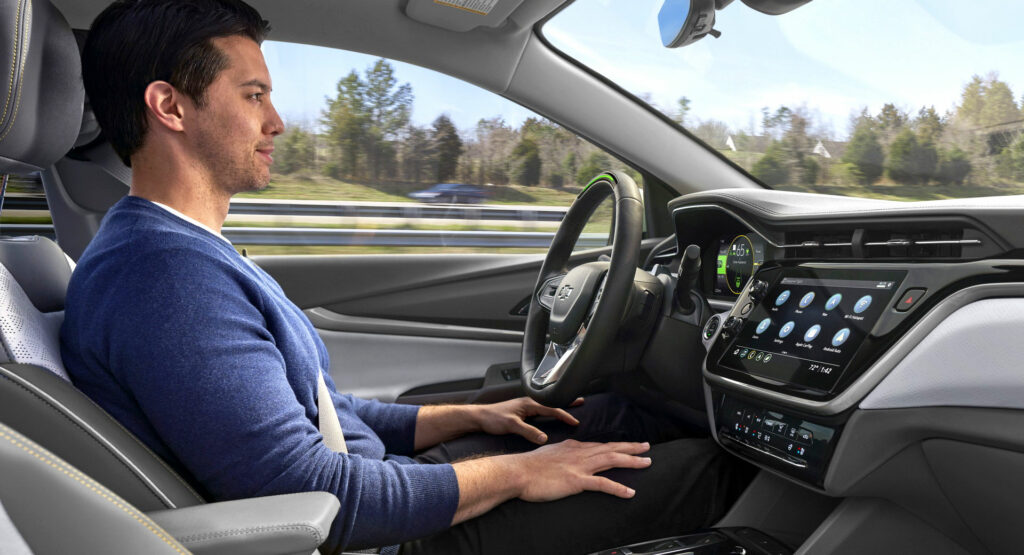A large portion of drivers who use advanced driver assistance systems (ADAS) often misuse them, but none more so than users of General Motors’ Super Cruise system, according to a new study from the Insurance Institute for Highway Safety (IIHS).
The study surveyed the drivers of vehicles equipped with GM’s Super Cruise, Nissan’s ProPILOT, and Tesla’s Autopilot system. Among these groups, users of all systems said that they were more likely to perform non-driving-related tasks like eating or texting while using these partial automation systems.
“The big-picture message here is that the early adopters of these systems still have a poor understanding of the technology’s limits,” said IIHS President David Harkey. “But we also see clear differences among the three owner populations. It’s possible that system design and marketing are adding to these misconceptions.”
Read Also: Most Consumers Are Still Wildly Confused About Self-Driving Cars
None of the systems included in this test is designed to allow a driver to take their attention off the road, nor to perform non-driving-related activities. Instead, they are specifically designed to make the task of driving easier.
Despite that, 53 percent of Super Cruise users, compared to 42 percent of Autopilot users and 12 percent of ProPILOT users, said they were comfortable treating their vehicles as if they were fully autonomous. This, despite widely reported accidents and warnings from the vehicles themselves.
Indeed, both Super Cruise and Autopilot have lockout features that disable the systems if they detect multiple instances of a driver not paying attention to the road. Users of both are, however, likely to take their hands off the wheel and engage in non-driving activities. Super Cruise users are also the most likely to say that they can do an activity that would be unsafe when the system is turned off.
“These results from frequent users of three different partial automation systems once again drive home the need for robust, multifaceted safeguards,” said IIHS Research Scientist Alexandra Mueller, the lead author of the study. “Many of these drivers said they had experiences where they had to suddenly take over the driving because the automation did something unexpected, sometimes while they were doing something they were not supposed to.”
Fortunately, a slim majority of all users surveyed say that the attention reminders and safety alerts provided by ADAS systems are helpful, albeit also annoying.
“The broad acceptance of attention reminders and system lockouts suggests not only that they have the potential to make it safer to use partial automation, but also that they could be implemented more widely to help combat driver distraction in general,” said Mueller.






